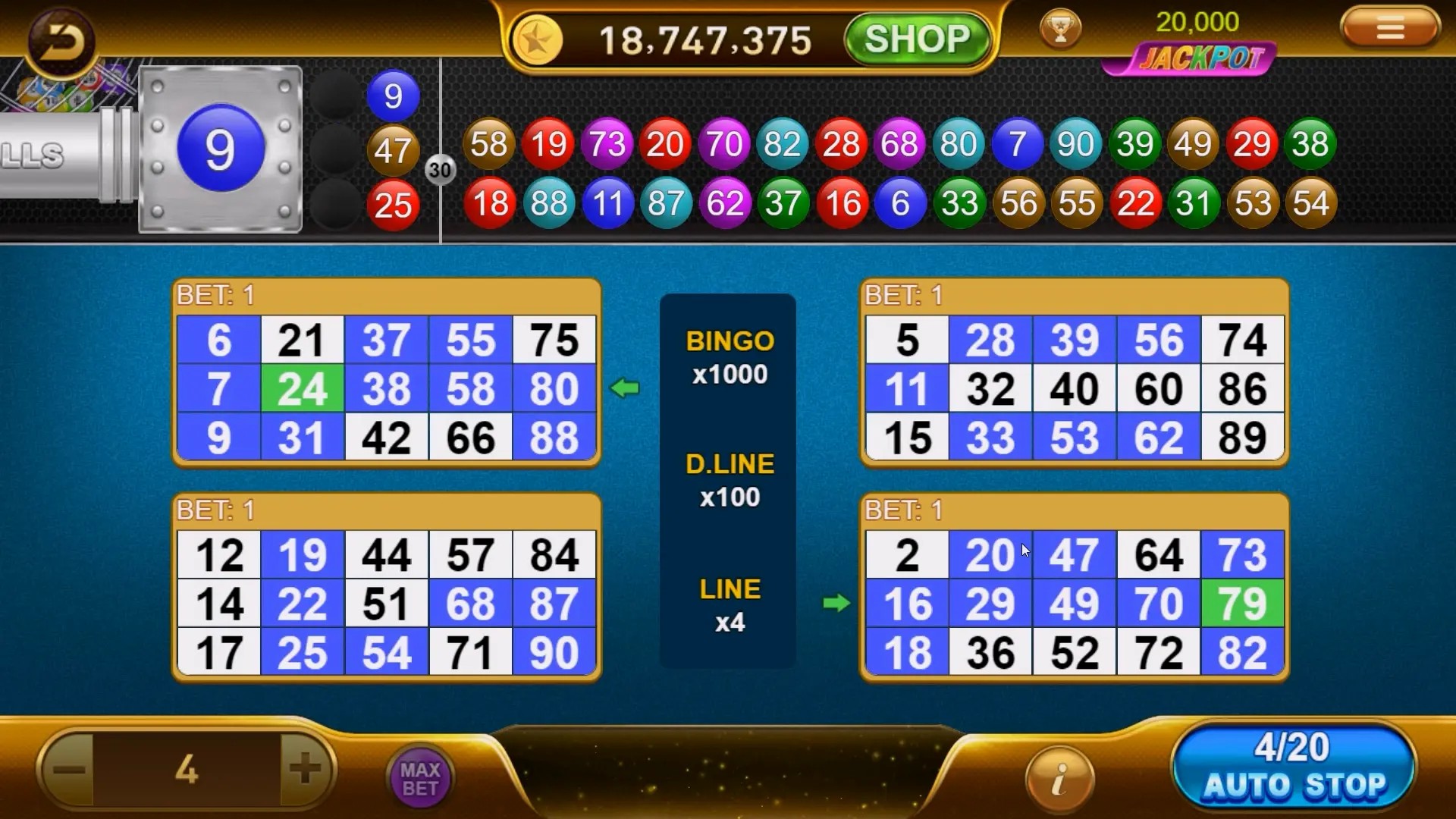Why Casual Games for iOS Are Revolutionizing Mobile Entertainment
In recent years, the landscape of mobile gaming has undergone a significant transformation, particularly with the rise of casual games for iOS. These games have not only redefined how people engage with their devices but have also changed the broader spectrum of mobile entertainment. In this article, we will explore the reasons behind this revolution and why casual games are becoming a preferred choice for millions around the globe.
The Rise of Casual Gaming
Casual gaming has surged in popularity due to its accessibility. Unlike traditional games that require hours of commitment or advanced skills, casual games cater to players looking for quick and enjoyable experiences. iOS has become a leading platform for these games, thanks to its user-friendly interface and vast app ecosystem.
Key Characteristics of Casual Games
- Simplicity: Casual games are designed to be easy to pick up and play, making them appealing to a broad audience.
- Short Gameplay Sessions: These games often feature short rounds, allowing players to enjoy gaming during breaks or commutes.
- Social Connectivity: Many casual games emphasize multiplayer components, promoting social interaction and competition among friends.
- Frequent Updates: Developers often provide new content and challenges, keeping players engaged over time.
The Impact of Casual Games on iOS
iOS’s compatibility with casual gaming has led to a boom in app downloads. According to recent statistics, the App Store hosts over 50,000 casual games, and this number is only increasing. Players can find everything from puzzle strategies to arcade classics, catering to various interests.
| Game Title | Category | Rating |
|---|---|---|
| Angry Birds | Puzzle | 4.8 |
| Fruit Ninja | Action | 4.7 |
| Monument Valley | Adventure | 4.9 |
Comparing Casual Games to Traditional Games
One might wonder what sets casual games apart from other formats. Here’s a comparison that highlights the stark contrasts:
- Time Commitment: Traditional games often require long sessions, while casual games can be played in minutes.
- Accessibility: Casual games are available on smartphones like iOS devices, whereas traditional games may require consoles or PCs.
- Skill Level: Casual games are designed for players of all ages and skills, while traditional games often have steep learning curves.
Action RPG Games: An Emerging Sub-genre
Interestingly, the rise of casual games has paved the way for niche genres to flourish, such as action RPG games on iOS. Games in this category merge addictive gameplay with role-playing elements, giving players a taste of depth without overwhelming complexity.
Story Mode Games: The Free-to-Play Model
With a significant shift toward free-to-play models in mobile gaming, story mode games have also gained traction. Many companies have turned to this model, offering rich narratives without initial costs, particularly on PCs. This shift creates opportunities for developers to monetize through in-game purchases.
Why This Matters for the Future
As we look to the future, the implications of this casual gaming trend are profound. Game developers can focus on creating intuitive content, while players seek entertainment options tailored to busy lifestyles. This evolution could potentially merge casual and traditional games, crafting unique experiences that challenge our expectations.
Conclusion
To sum it up, the revolution of casual games for iOS is reshaping mobile entertainment as we know it. With their accessibility, short gameplay durations, and social elements, these games allow for spontaneous yet engaging experiences. Additionally, the emergence of sub-genres like action RPGs enriches the landscape, promising even more diverse and engaging content for players. As technology continues to evolve, we can only anticipate further innovations that will transform how we play and interact with games across all platforms.



